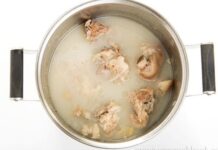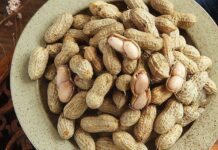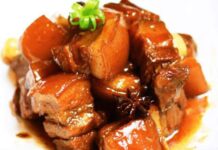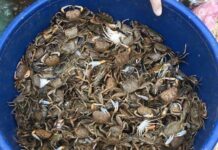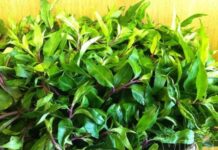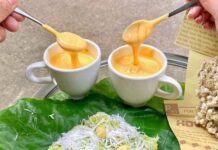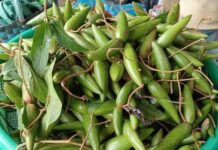The guava tree is a medium-sized shrub, typically growing between 3 to 5 meters tall, with a dense canopy of leaves. Its leaves are oval-shaped, growing in opposite pairs, with a smooth upper surface and fine hairs underneath. When held up to the light, tiny oil glands are visible on the upper surface.
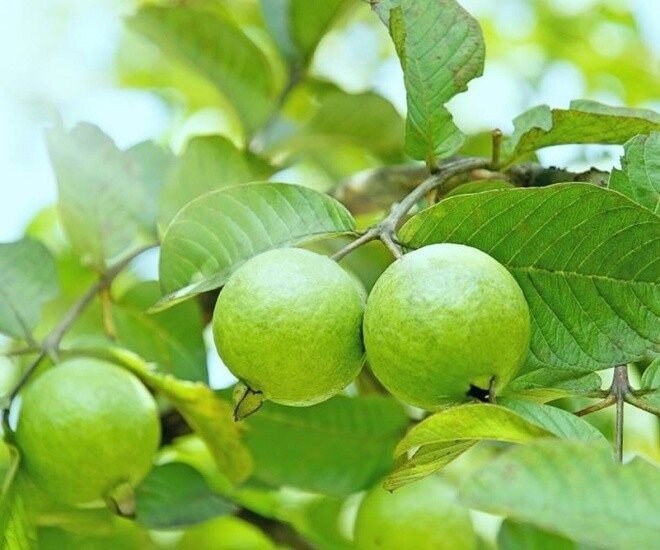
The flowers are small and white, blooming singly in the leaf axils. Guava fruits are berries, varying in shape depending on the cultivar, with a persistent calyx at the apex. Inside, numerous small, hard, light brown seeds are embedded in the pulp.
Vietnam boasts a variety of guava cultivars, including ‘Găng’, ‘Mỡ’, ‘Trâu’, ‘Đào’, ‘Sẻ’, and ‘Nữ Hoàng’, each with its unique flavor and characteristics. Despite their differences, all share high nutritional value and ease of cultivation.
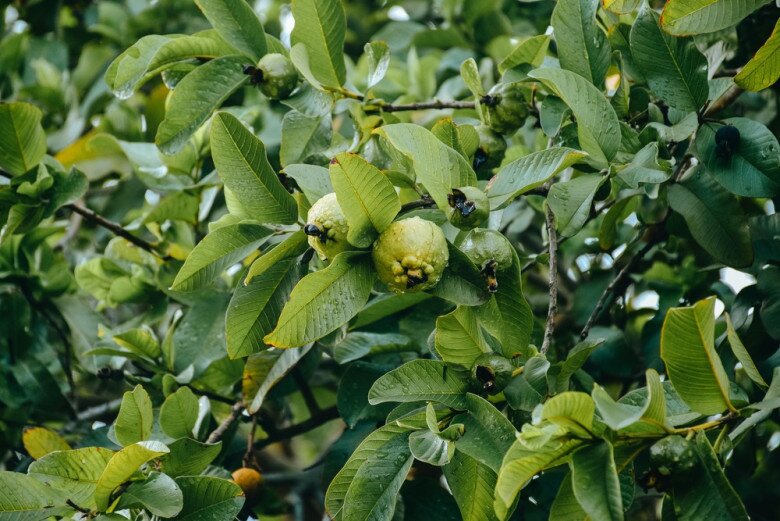
One of guava’s most notable attributes is its exceptionally high vitamin C content, four times that of oranges. Additionally, guavas are rich in dietary fiber, vitamin A, potassium, iron, and powerful antioxidants. Regular consumption boosts immunity, supports cardiovascular health, aids digestion, promotes skin health, and helps regulate blood sugar levels.
Beyond the fruit, guava leaves are also valuable. In traditional medicine, they are used for their astringent and antimicrobial properties, treating diarrhea, bloating, acne, and supporting weight loss.
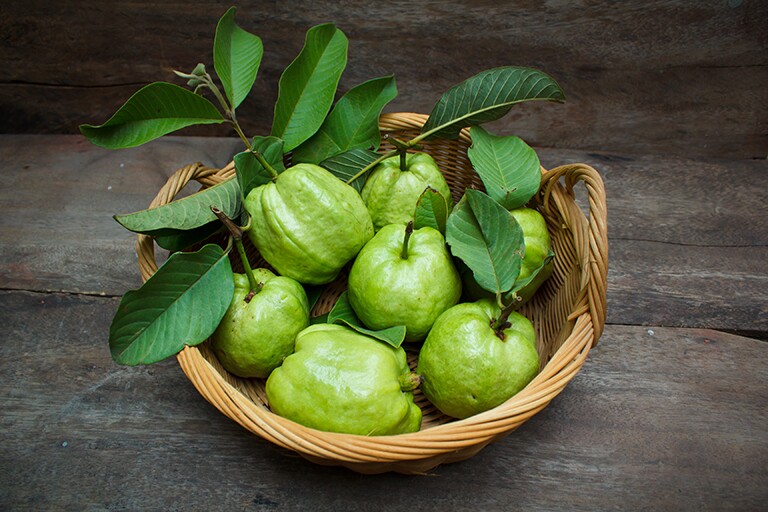
In rural areas, young guava leaves are used to cook fish, eliminating the fishy odor while adding a naturally sweet and savory flavor to the dish. They are also served with fermented pork, adding a unique texture and freshness.
From culinary uses to medicinal benefits, the guava tree is a true natural treasure—simple yet precious, familiar yet immensely beneficial to human health.
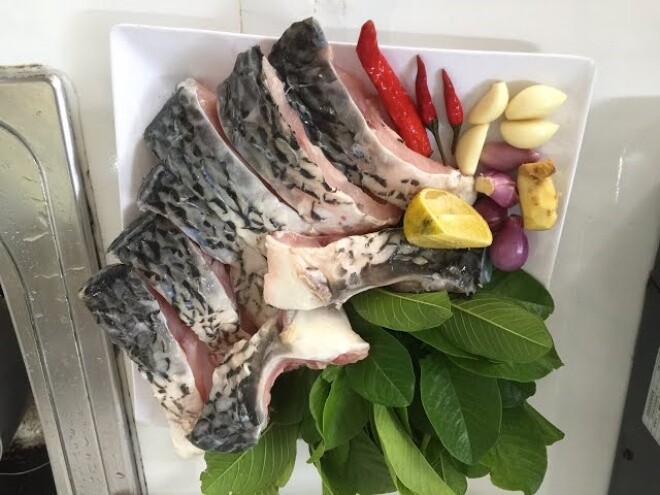
Feng Shui Significance of Growing Guava Trees in Your Garden
Beyond being a familiar fruit-bearing tree, the guava holds profound symbolic meaning when planted in gardens. Its year-round lush greenery symbolizes prosperity, abundance, and sustainable growth. Planting a guava tree is believed to attract positive energy, bringing good fortune and wealth to the household.
The guava tree is also associated with family harmony and unity, as its abundant fruiting reflects sufficiency and a thriving family. Its evergreen leaves symbolize peace and robust health.
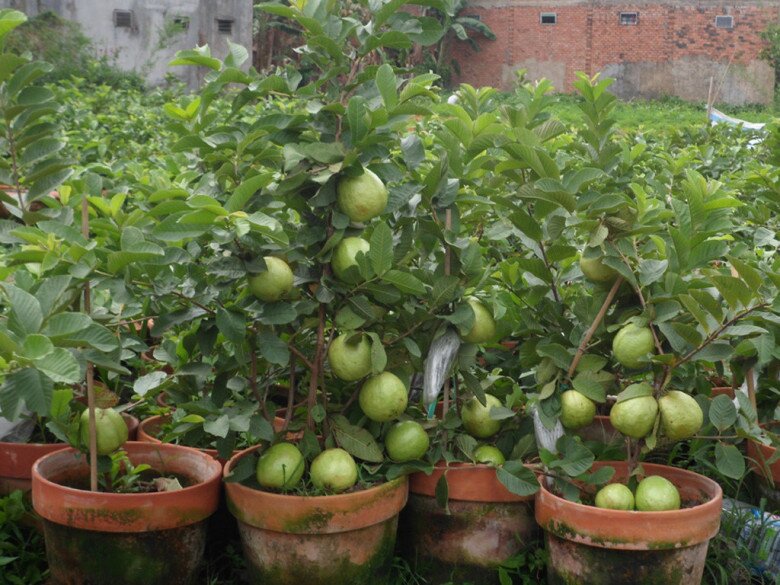
Additionally, guava trees are resilient, drought-tolerant, and disease-resistant, embodying perseverance and the ability to overcome challenges. In folk belief, consistent fruiting and sweet flavor are considered auspicious signs of smooth-sailing fortunes.
The guava tree is compatible with all feng shui elements due to its brown bark, gray-white exfoliating patches, green leaves, silvery undersides, white flowers, and green or red-pulped fruits. This makes it suitable for households of any destiny or age.
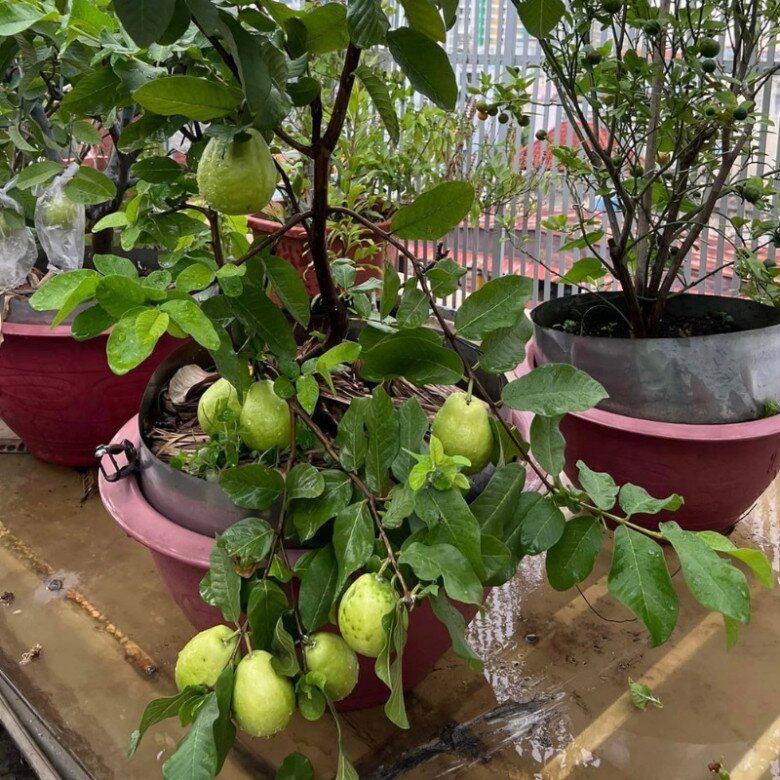
Growing and Caring for Guava Trees in Pots
Guava trees can be propagated through seeds, cuttings, grafting, or budding, with cuttings and grafting being the most common methods. Alternatively, ready-to-plant seedlings are available at nurseries.
Guava trees can be grown directly in gardens or in pots on balconies or rooftops. However, successful cultivation requires attention to several key factors:
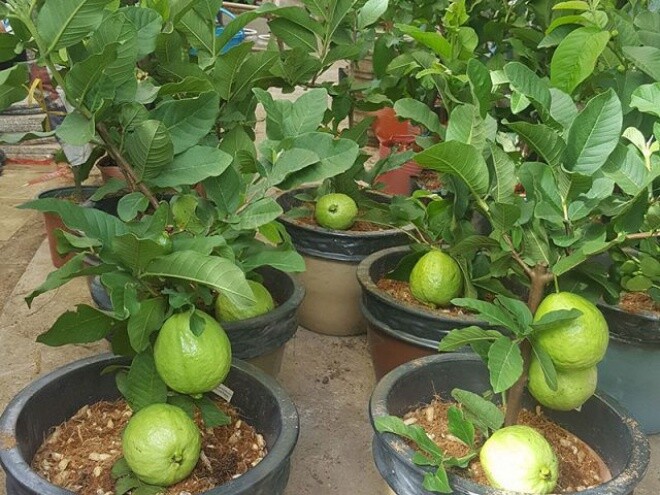
– Soil and Pot Selection:
Choose a large pot to accommodate the guava’s extensive root system and tall growth habit. A pot with a minimum diameter of 30cm is recommended, with a layer of gravel or clay pellets at the bottom to improve drainage.
Guava trees prefer slightly acidic soil. Use tropical plant soil or amend regular soil with pine needles, composted leaves, or sulfur to achieve a pH of 5.5–6.5. Incorporate organic fertilizer during planting to provide essential nutrients.
– Watering and Fertilization:
Guava trees require ample water but are susceptible to waterlogging. Water thoroughly, allowing the soil to dry between waterings. Increase frequency during hot summers and reduce it in winter to prevent over-saturation.
Fertilize monthly with diluted NPK fertilizer or use slow-release fertilizers for steady nutrient supply.
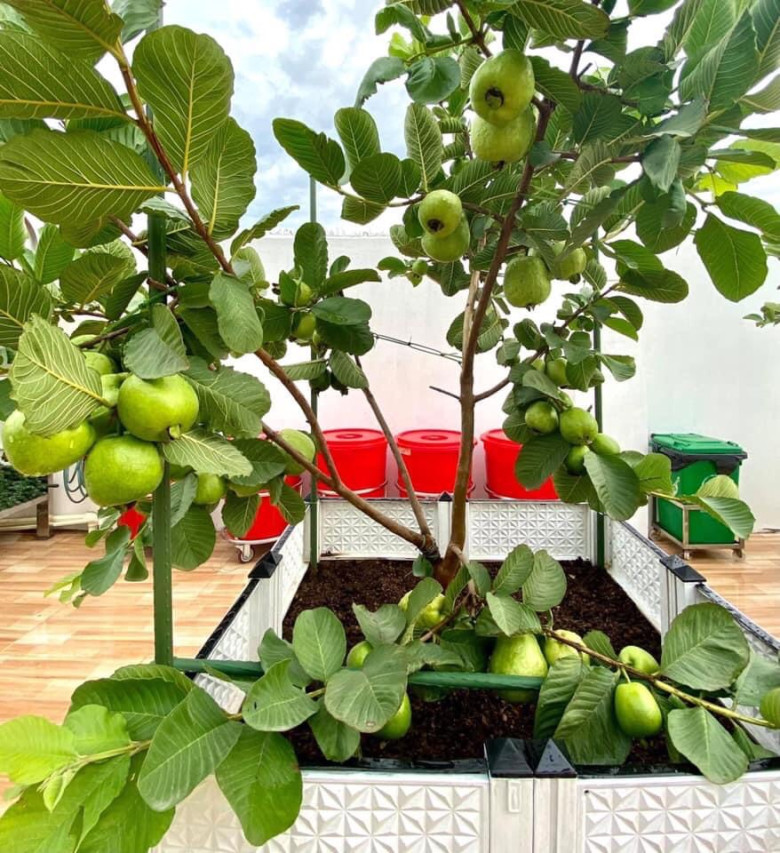
– Pruning and Shaping:
Guava trees grow rapidly and require regular pruning to remove dead or weak branches, promoting new growth. Monthly pruning is advisable. As the tree matures, secure branches to a trellis to maintain shape and airflow.
Common issues include powdery mildew and anthracnose, identified by yellowing, curling, or blackened leaves. Improve air circulation, remove affected leaves, and apply fungicides. Watch for pests like spider mites and aphids; early detection allows for manual removal or biological control methods. Regularly inspect leaf undersides and hidden areas for timely intervention.












